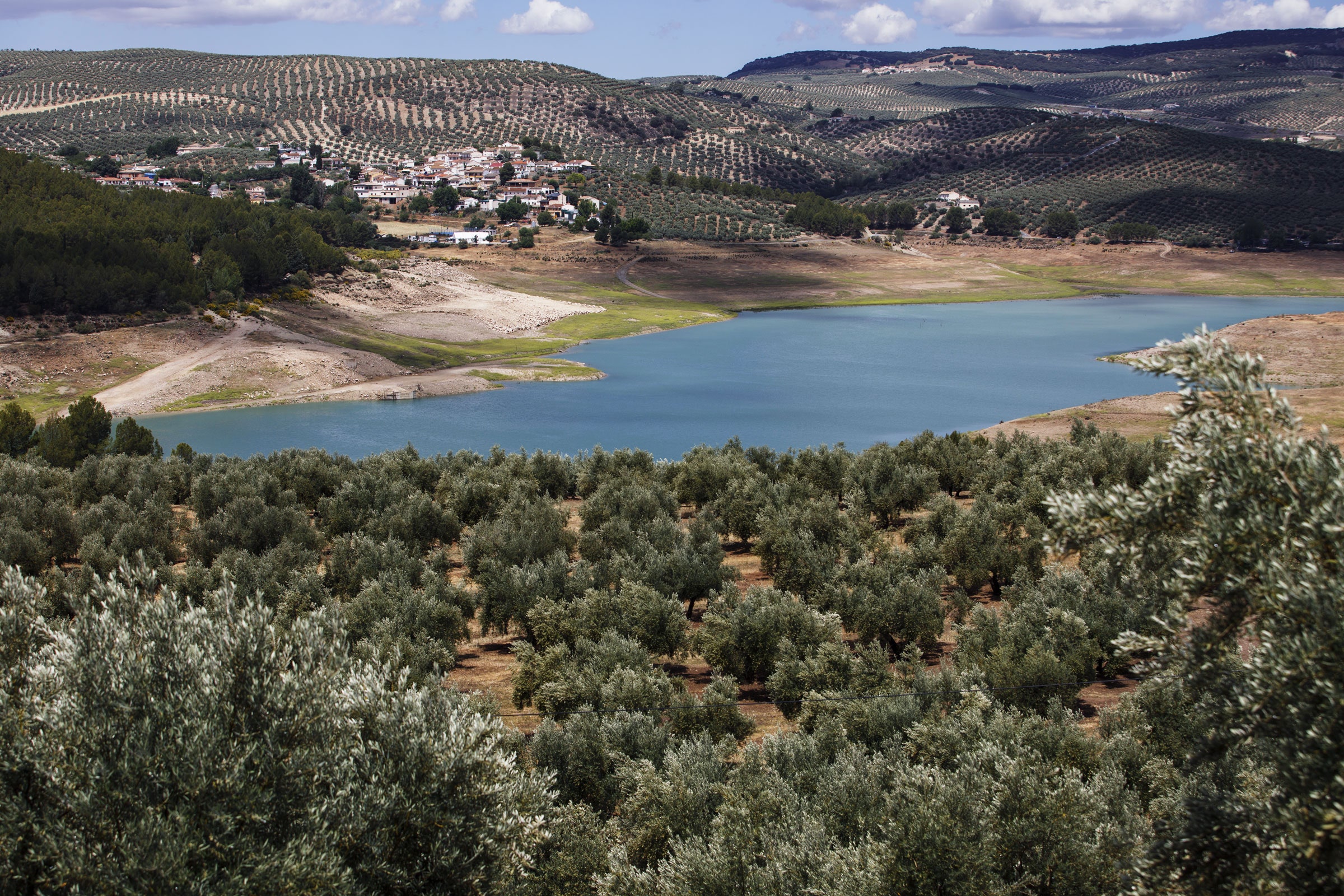
This Scorching Summer Is Taking a Toll on Your Favorite Foods
Though the collapse of Black Sea access could block the largest volumes of grain from getting out, it’s the attack on the Danube side that is worrying analysts most right now, says Kyle Holland, a market analyst at the international commodity consultancy Mintec who studies Ukraine’s oilseed and sunflower production. The ports, which are inland from the Black Sea, can accept grain from within Ukraine and funnel it either downriver toward the Romanian port of Constanta or upriver into Europe. But they handle much smaller volumes of grain than Odesa and other blockaded seaports did. “Freight rates are pretty high anyway for that region, as you may imagine, because of the extended risks,” Holland says. “But the concern is now how many underwriters and shippers will be willing to insure vessels that go in and out of that region.”
Bottling up Ukraine’s grain and seed production is likely to stress world markets and raise prices, but ag experts point out that other areas can fill the gap. “People tend to forget about the southern hemisphere,” says Darren Hudson, a professor and chair of the International Center for Agricultural Competitiveness at Texas Tech University. “They think that whatever happens in Europe determines what's going on in the world—but Brazil, Argentina, Australia are all huge producers of food crops. The southern hemisphere is planting now, so they've got some ability to flex and move and add acres.”
The greatest challenge posed by extreme weather right now, agronomists say, is to specialty crops: the peaches in Georgia and olives in Spain, for instance, but also berries in the Pacific Northwest and cherries in western Michigan, which were hit hard by unseasonal heat two years ago, and almonds in California, which have endured the double punch of drought last year and flooding storms this spring. Those kinds of crops aren’t globalized; they depend on the climatic conditions in certain areas, and entire local economies rise and fall with them. “Corn, soybeans, wheat, cotton, rice can be produced in a variety of latitudes,” says Chad Hart, an economist and agriculture professor at Iowa State University. “But fruits and vegetables are much more susceptible to weather issues driving significant price shifts.”
Losing a regional crop is a problem for nutrition; if you rely on one plant to supply a crucial nutrient, and it fails, you have to go looking for that vitamin somewhere else. But it’s also a challenge to predict future harvests. After all, you wouldn’t plant something if you didn’t feel moderately confident it would grow.
“We actually had a decent amount of rainfall in April and probably early May, and it looked like we were going have a great [cotton] crop if we had just caught another rain or two in June,” says Joshua McGinty, an associate professor at Texas A&M University and an agronomist in its Corpus Christi research station. “But then the heat set in, and then on top of that the soil got dry. And we went from being very optimistic on cotton yields to being maybe average in some of the better cotton varieties, and certainly below average on a lot of our later-planted cotton.”

